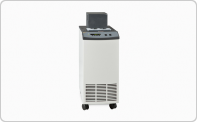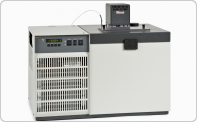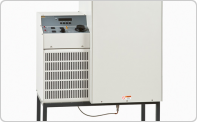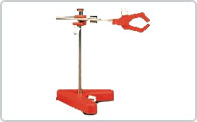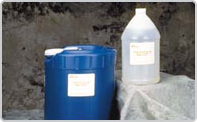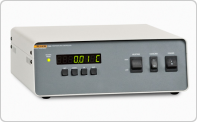- Other Fluke companies:
- Fluke
- Fluke Biomedical
- Fluke Networks
- Fluke Process Instruments
Calibration Baths
Fluke Calibration baths provide optimal temperature environments for secondary or comparison temperature calibrations. They offer unsurpassed stability and uniformity, a large working volume, and flexibility for performing thermometer calibration or calibrating a variety of temperature sensors. A world-class temperature controller and 30+ years of experience make these baths the choice of National Metrology Institutes (NMIs) and calibration laboratories worldwide. Fluke Calibration temperature baths include: compact, deep-well, hot, cold, resistor, and custom baths.
What is a temperature calibration bath
A temperature calibration bath is a calibrator having a uniform fluid enclosure that can be adjusted to specific temperatures for test points. They offer large volume and flexibility for calibrating temperature sensors that are different shapes and sizes.
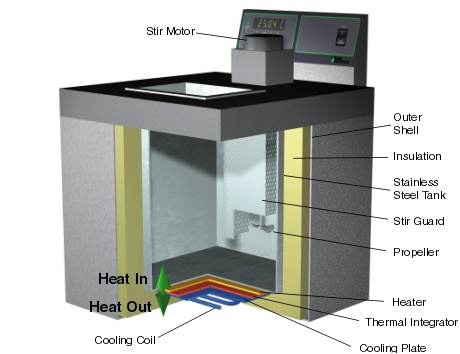
Calibration bath cutaway
Various names of a calibration bath
People refer to a calibration bath in many ways including:
- Temperature bath calibrator
- Thermocouple calibration bath
- Thermometer calibration bath
- Liquid calibration bath
How does a calibration bath work
Using a stirred fluid, like water, silicone oil, ethanol, or methanol, calibration baths provide excellent thermal contact in a stable and uniform temperature for sensor calibration. Fluke Calibration baths work by using a unique tank design to guarantee precise temperature to calibrate multiple probes at the same time.
Temperature bath calibration procedure
Comparison calibration involves testing a probe (unit under test, UUT) against a reference probe. In preparing to use the bath for calibration:
- Place the reference probe in the bath working area.
- Place the probe to be calibrated (the UUT) in the bath working area as close as possible to the reference probe but not touching the bath tank surface areas.
- When calibrating over a wide temperature range, start at the highest temperature and progress down to the lowest temperature generally achieves better results.
Note: After inserting the probes to be calibrated into the bath, allow sufficient time for the probes to settle and the temperature of the bath to stabilize.
Note: Probes should be inserted to the same depth in the bath liquid. Be sure that all probes are inserted deep enough to prevent stem effect. From research at Fluke Calibration, we suggest a general rule-of-thumb for immersion depth to reduce the stem effect to a minimum: 20 x the diameter of the UUT + the sensor length.
Note: Do not submerge the probe handles.
Calibration bath decision guides
- Home
- Products
- New Products
- Electrical Calibration
- RF Calibration
- Data Acquisition and Test Equipment
- Temperature Calibration
- Humidity Calibration
- Pressure Calibration
- Flow Calibration
- Process Calibration Tools
- Calibration Software
- Service and Support
- All Calibration Instruments
- Handheld Test Tools
- Purchase Info
- News
- Training and Events
- Literature and Education
- Service and Support
- About Us
Sidebar Request a Quote
Request a quote


